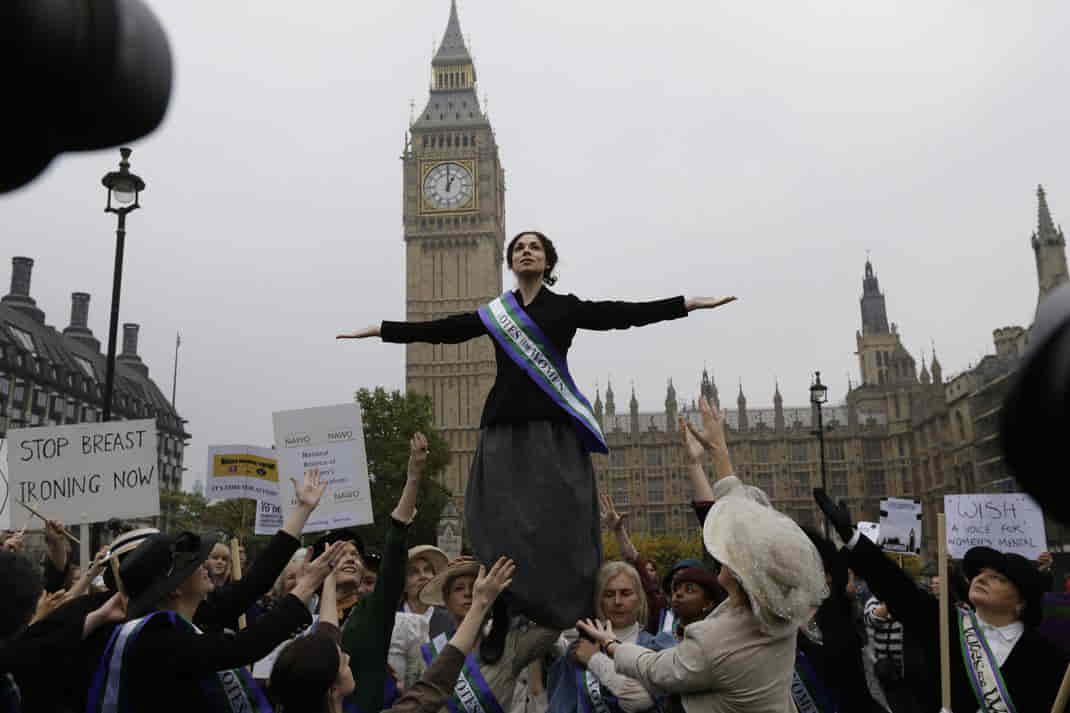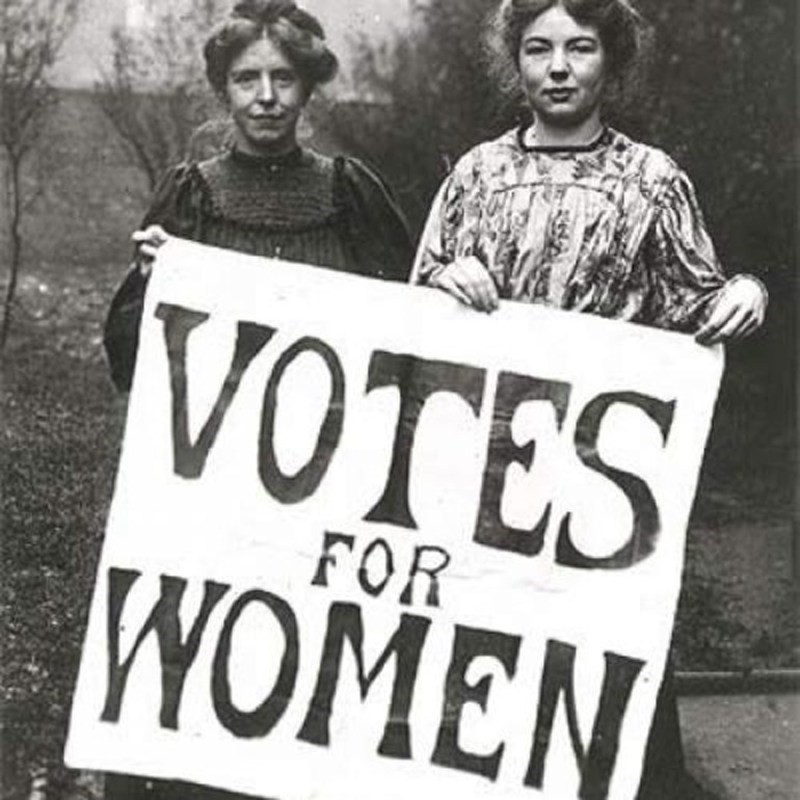
Emmeline Pankhurst women’s suffrage efforts represent one of the most significant and transformative chapters in the history of women’s rights and democratic progress. As a passionate and fearless leader, Pankhurst dedicated her life to mobilizing women and society at large to fight for the fundamental right to vote—a right that had been systematically denied to half the population for centuries. Her activism not only shaped British political history but also set a powerful precedent for global movements advocating for equality and justice. To truly appreciate the impact of Emmeline Pankhurst women’s suffrage activism, it is essential to explore her early life, the radical methods she championed, the challenges she overcame, and the enduring legacy she left behind.
The Early Life of Emmeline Pankhurst and the Seeds of Activism
Emmeline Pankhurst was born in 1858 in Manchester, England, into a family that valued political discussion and social reform. From a young age, she was exposed to debates on democracy, human rights, and especially women’s equality. Her parents instilled in her a strong sense of justice and the belief that women deserved the same rights as men. This foundation would later fuel her determination to challenge entrenched gender discrimination.
In her early adulthood, Emmeline married Richard Pankhurst, a progressive lawyer and staunch supporter of women’s suffrage. Their partnership further strengthened her resolve to make a difference. However, it was not until she observed the widespread exclusion of women from political participation that she realized more radical action was necessary. Early suffrage groups often focused on polite petitions and petitions to Parliament, which yielded little progress. Emmeline Pankhurst women’s suffrage philosophy centered on a more direct, confrontational approach that would demand attention and incite change.
Founding the Women’s Social and Political Union: A Bold New Direction
In 1903, Emmeline Pankhurst women’s suffrage campaign took a revolutionary turn with the establishment of the Women’s Social and Political Union (WSPU). Unlike previous organizations, the WSPU made it clear from the start that they would no longer rely solely on speeches or written appeals. Their rallying cry, “Deeds, not words,” captured their commitment to direct action. The WSPU encouraged women to engage in protests, acts of civil disobedience, and even hunger strikes when imprisoned.
This new militant stance shocked the political establishment and many within society but succeeded in drawing widespread attention to the suffrage cause. Emmeline Pankhurst women’s suffrage leadership galvanized women across social classes, encouraging them to step into the public sphere and challenge patriarchal norms. The organization’s members would break windows, disrupt political meetings, and endure imprisonment with resolve.
The Personal Cost and Sacrifice Behind the Movement
Emmeline Pankhurst women’s suffrage activism was not without personal sacrifice. She was arrested multiple times and experienced harsh imprisonment conditions. Hunger strikes, a common protest method among suffragettes, subjected many women to force-feeding—a brutal practice intended to break their spirits. Despite this, Pankhurst and her followers persisted, inspiring admiration and controversy alike.
The public often perceived Emmeline Pankhurst women’s suffrage movement as radical and even dangerous, but it was this fearless stance that brought momentum. Her resilience under pressure demonstrated the seriousness of the demand for equality and forced politicians to acknowledge women’s voices. The press coverage of these confrontations made it clear that the issue of women’s voting rights could no longer be ignored.

The Influence of Emmeline Pankhurst Women’s Suffrage on British Legislation
The efforts of Emmeline Pankhurst women’s suffrage movement ultimately helped shape significant legislative change in the United Kingdom. The Representation of the People Act 1918 granted voting rights to women over 30 who met property qualifications, marking the first major victory for suffragettes. Though the franchise was not yet equal to men’s, this milestone opened the door for further progress.
By 1928, women achieved full voting equality with men through the Representation of the People (Equal Franchise) Act. Emmeline Pankhurst women’s suffrage campaigns laid the groundwork for these victories by shifting public opinion and political will. Beyond voting rights, her activism challenged broader social norms and empowered women to pursue education, employment, and public roles previously denied to them.
For a deeper historical perspective on this transformative era, the British Library provides comprehensive resources about the suffrage movement and its lasting impact.
Emmeline Pankhurst’s Enduring Legacy: Inspiration for Future Generations
Today, Emmeline Pankhurst women’s suffrage leadership remains a beacon of courage and determination. Her willingness to confront injustice head-on is celebrated worldwide. Statues, biographies, and documentaries commemorate her role as a trailblazer for women’s rights.
Modern feminist movements continue to draw inspiration from her example, recognizing that progress often requires persistence, boldness, and collective action. Her legacy is evident in ongoing struggles for gender parity in political representation, equal pay, reproductive rights, and social justice.
The Women’s History Network is one prominent organization that preserves and promotes Pankhurst’s legacy and the history of women’s activism, ensuring her story inspires new advocates for equality.
What Emmeline Pankhurst Women’s Suffrage Means in Today’s World
Emmeline Pankhurst women’s suffrage efforts hold powerful lessons for contemporary society. They remind us that achieving justice is rarely a smooth or easy process but demands courage and sacrifice. Her movement teaches the value of solidarity among marginalized groups and the importance of persistent advocacy.
As countries worldwide continue to wrestle with inequality and discrimination, the spirit of Emmeline Pankhurst women’s suffrage activism fuels efforts to dismantle barriers and expand democratic participation. It highlights the crucial role that dedicated individuals and organized movements play in shaping more equitable societies.
Frequently Asked Questions (FAQ)
Q1: Who was Emmeline Pankhurst?
Emmeline Pankhurst was a British political activist who led the militant women’s suffrage movement in the early 1900s, fighting for women’s right to vote.
Q2: What distinguished the Women’s Social and Political Union (WSPU)?
The WSPU, founded by Emmeline Pankhurst, was known for its militant tactics, including protests, hunger strikes, and civil disobedience, to demand women’s voting rights.
Q3: What were some challenges faced by Emmeline Pankhurst and the suffragettes?
They faced arrests, imprisonment, hunger strikes, and public hostility, yet remained steadfast in their activism.
Q4: When did women gain the right to vote in the UK?
Women over 30 gained the right to vote in 1918, and full voting equality with men was achieved in 1928.
Q5: How does Emmeline Pankhurst’s legacy influence modern movements?
Her leadership exemplifies the power of activism and continues to inspire ongoing campaigns for gender equality and human rights worldwide.




